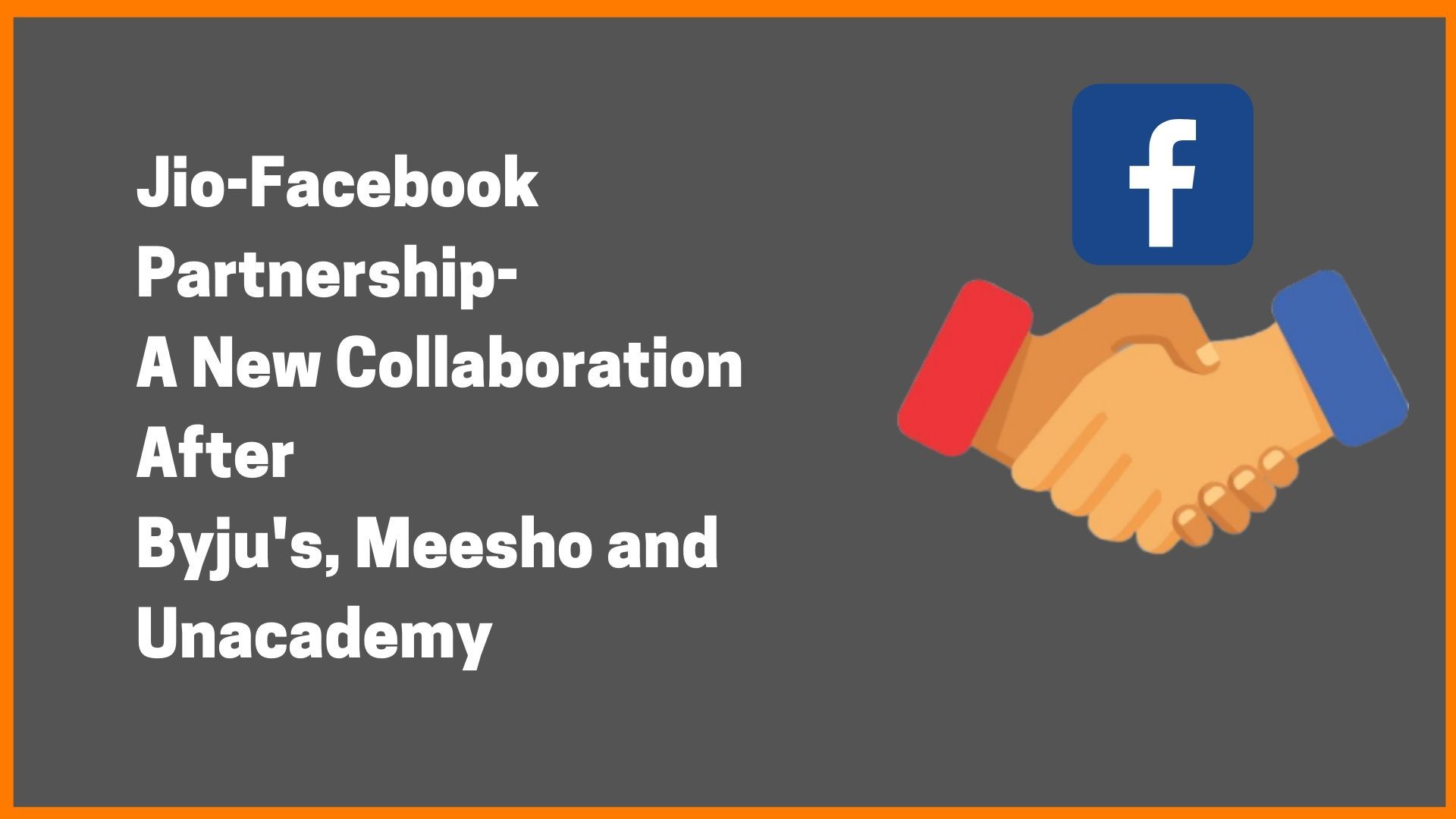Jio's Journey Towards Dominating The Data Market
🔍Insights
Reliance Jio has fulfilled its dream of taking over the data market and the 4G space in India. From December 2015 up to 2020 the marketing and growth strategies employed by Jio have enabled this company to emerge with giant like proportions and establish itself as a leader in Indian telecom space. Bharti Airtel was next with a share of 24%, while Vodafone Idea was third. State-owned BSNL commanded more than half of the market share in wired internet subscribers.
Reliance Jio now leads the chart by grabbing 52.3 per cent of the overall data market share, followed by Bharti Airtel at 23.6 per cent share in the quarter ended March 2020. According to the Telecom Regulatory Authority of India (Trai) the number of internet subscribers in India increased to over 743 million at the end of March 2020, with a growth rate of 3.4 per cent on a sequential quarter basis. Around 97% of the subscribers use mobile devices for internet access. Vodafone Idea held the third position as its internet subscriber market share at 18.7 per cent for the period in reference.
Which is why the number of wireless internet subscribers stood at 720.7 million, while the wired internet subscribers were 22.4 million. Internet access with a minimum capacity of 512 kilobits per second or more is defined as broadband connectivity. The top five service areas in terms of internet subscriptions wired and wireless were Maharashtra (63.01 million), Andhra Pradesh including Telangana (58.65 million), UP (East) (54.60 million), Tamil Nadu (51.64 million).

Jio’s journey to success
Reliance Jio Infocomm Limited was founded in 2007. In 2010, it acquired 95% of Infotel Broadband Services Limited. In 2010, it acquired 95% of Infotel Broadband Services Limited. This lesser known company was attractive because of the service and opportunities it offered in exchange for the price tag. The IBSL is what allows Reliance to develop its 4G network all over the country.
Reliance Jio first product was the Lyf smartphone which was launched in the India markets in 2015, which did not generate sufficient demand. In 2016, brought Reliance Industries Limited 42 annual general meetings. It was here that Ambani first announced his plans to take over the 4G space in India, with the launch of Reliance Jio.

Jio takes over the market
The reason for jio’s successful marketing strategy is that it is unilateral and is the same service offered for free. The initial scheme that accompanies the launch off jio was free services till March 2017. With this scheme each individual was given access to free SIM cards with free voice calling and free 4G data to fulfil their browsing skills.
Reliance Jio reached its goal of 100 million subscribers in February 2017 just within 170 days and by June 2017 it had 200 million subscribers, thus making a record for the fastest growth of users. As of December 2019, Jio is the third largest telecom service provider in the world and has a network of close to 400 million subscribers.

The rise and rise of Jio
Before jio, people paid between Rs.200 and Rs. 500 for limited 3G mobile data. In jio case the company had an advantage as the product was free when it was introduced, it disrupted the entire telecom space in India and brought high speed data to the general public. People were now streaming movies watching videos, video calling all from their mobile phones.

The six month free period served as an opportunity for the company to test put their product and the use the data from that period to optimize its network to the need of the consumers. When dual sim became popular, it became easy for individuals to retain their Jio SIM cards and use them for mobile data while also keeping their original phone numbers for other purposes. The company brought out new products like 4G enabled phones, broadband services, TV services and many others.

Increasing Numbers
Generating a demand and created a customer base is the first step. Then comes the task of long term retention. For Jio the referral stage was particularly important as other telecom service providers had not caught up with a 4G network of that magnitude. With coverage in all 22 telecom circles, Jio became the largest mobile network operator in India by 2019.
In the financial year 2019 -2020 profits have increased by 88%. Revenue increased by approximately 40% and EBIT rose by 64%. In fact, during the corona virus pandemic, Jio reported that data usage on their network increased by over 50%. Jio has also launched in September 2016, along with the Jio music app, video streaming app and other accompaniments.
The JioPhone was launched in August 2017, with subsequent models being introduced in 2018 and in 2020. These phones are created to answer the complementary demand for affordable 4G compatible phones, generated by the original demand for 4G data. For the manufacturer of these phones, Jio has partnered with Google. Apart from this the company has also launched Wi-Fi routers and other electronics.
Must have tools for startups - Recommended by StartupTalky
- Convert Visitors into Leads- SeizeLead
- Website Builder SquareSpace
- Manage your business Smoothly Google Business Suite






